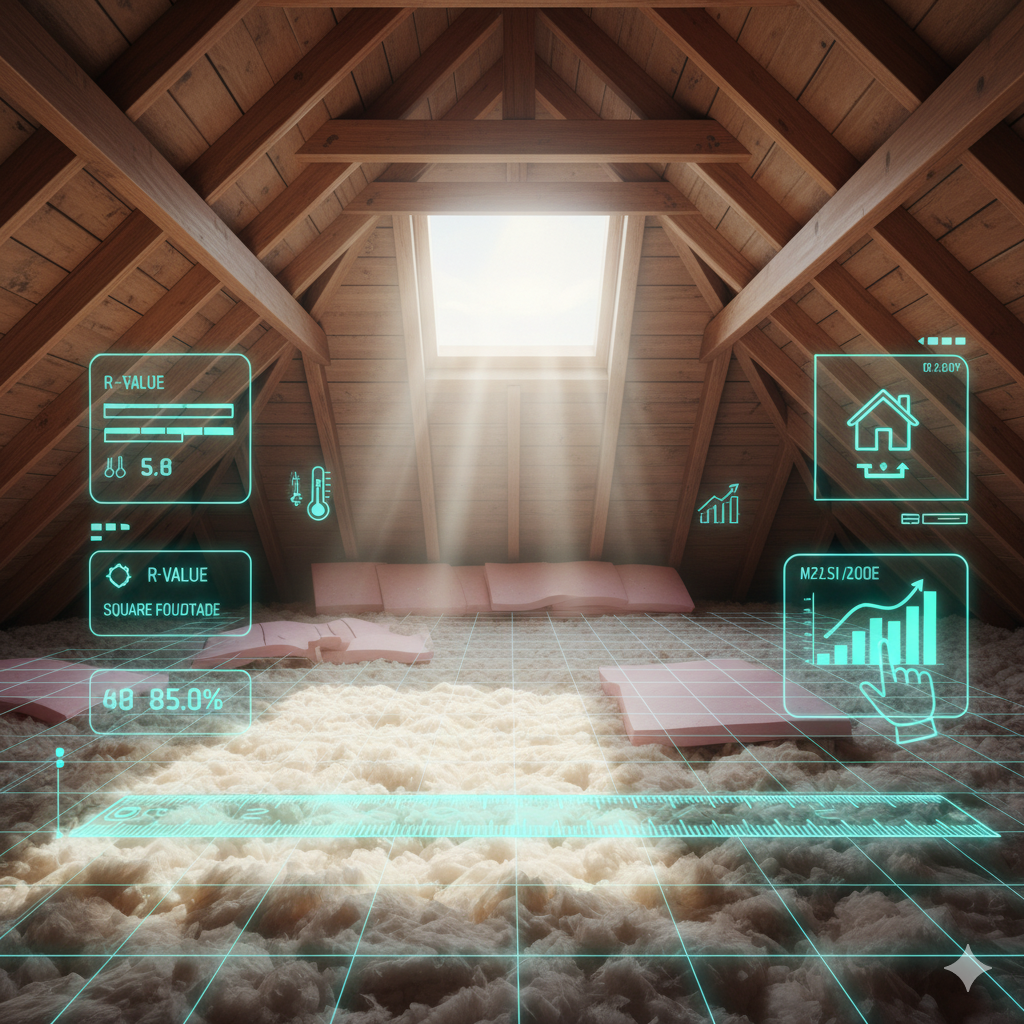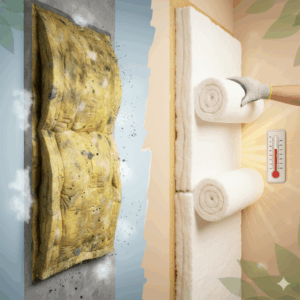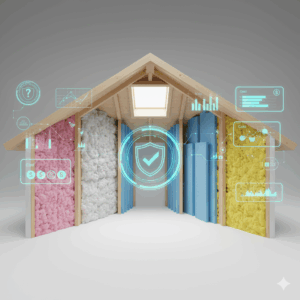Proper insulation is critical for maintaining energy efficiency, indoor comfort, and long-term home durability. Homeowners need to understand the factors that influence the amount of insulation required, such as size, climate, and the current state of existing insulation. Consulting a professional attic insulation contractor ensures that any upgrade maximizes energy savings and protects the home structure. Using an expert approach helps homeowners avoid over- or under-insulating their attics.
Calculating the correct insulation level depends on several factors, including the type of material, layout, and local building codes. Homeowners considering home insulation services improvements should measure the depth and coverage of their current insulation. Professional attic insulation companies offering home insulation services can provide precise assessments and recommendations. Accurate evaluation in these early stages sets the foundation for a cost-effective and energy-efficient insulation upgrade.
What Are the Factors That Influence Attic Insulation Needs?
Several elements determine how much attic insulation a home requires. The attic’s square footage, the desired R-value for the region, and the type of insulation material—fiberglass, cellulose, spray foam, or mineral wool—affect both cost and performance. Accessibility of the attic and existing structural conditions can also impact the installation process. Evaluating these factors with guidance from Does My Attic Have Enough Insulation? ensures the right insulation type and thickness is chosen.
How Does Attic Insulation Affect Energy Efficiency?
Adequate attic insulation minimizes heat transfer between the home and the exterior, keeping rooms warmer in winter and cooler in summer. It also reduces the workload on heating and cooling systems, extending their lifespan and lowering utility bills. In addition, properly installed insulation helps maintain consistent indoor humidity and improves indoor air quality. Homeowners exploring upgrades can refer to Types Of Attic Insulation Materials to weigh benefits and potential limitations of different materials.
Blown-In vs. Batt Insulation: Which Is More Effective?
When deciding how much insulation is needed, homeowners must compare installation types. Blown-in insulation fills irregular gaps and cavities, making it ideal for attics with obstructions or uneven surfaces. Batt insulation, such as fiberglass batts, is cost-effective and easier to install between open joists. Understanding differences in application, thermal performance, and long-term durability is crucial. Blown-in Insulation vs. Batt Insulation: Pros and Cons offers an in-depth comparison for informed decision-making.
Calculating the R-Value and Thickness Needed
The R-value measures insulation’s thermal resistance. Recommended R-values vary by region, with colder climates requiring higher R-values for optimal performance. Homeowners should assess current insulation depth and type to determine how much additional insulation is required. Using a professional insulation company ensures accurate measurement and proper layering techniques. For guidance on determining total requirements, What is the Costs of Attic Insulation provides detailed insights.
Removing Old Insulation Before Upgrading
Sometimes, existing insulation must be removed due to damage, moisture, or age. The removal process can be labor-intensive, particularly with contaminated or compressed materials. Proper removal is critical for achieving maximum efficiency with new insulation. Homeowners can consult Attic Insulation Removal Cost: Complete Overview to understand potential expenses and procedures.
Common Mistakes When Adding Attic Insulation
Over- or under-insulating an attic can reduce energy savings and create comfort issues. Installing insulation without sealing air leaks, ignoring ventilation requirements, or failing to consider the attic’s R-value recommendations are frequent errors. Engaging a certified insulation contractor mitigates these risks and ensures long-term efficiency. When Does Attic Insulation Need To Be Replaced? helps homeowners determine when upgrades are necessary.
Recommended Attic Insulation Levels by Climate
| Climate Zone | Recommended R-Value | Suggested Thickness (inches) |
| Cold | R-49 – R-60 | 16 – 20 |
| Mixed | R-38 – R-49 | 12 – 16 |
| Warm | R-30 – R-38 | 10 – 12 |
Long-Term Benefits of Proper Attic Insulation
Correctly installed insulation reduces heating and cooling bills, stabilizes indoor temperatures, and improves indoor air quality. It also contributes to the home’s overall structural integrity by preventing moisture buildup and mold growth. Additionally, effective insulation increases property value and supports sustainability by lowering energy consumption. Homeowners can enhance these benefits further by integrating modern smart home systems.
Energy-Saving Tips for Homeowners
- Seal air leaks before installing new insulation.
- Choose materials suited to local climate conditions.
- Maintain ventilation to prevent moisture accumulation.
- Monitor insulation condition periodically to maintain efficiency.
Conclusion
Understanding how much insulation is needed is essential for energy efficiency, indoor comfort, and long-term home protection. Accurate calculation involves evaluating size, insulation type, R-value, and the condition of existing materials. Consulting a professional attic insulation contractor guarantees proper installation and maximizes energy savings. For expert insulation assessment, installation, and maintenance, homeowners can rely on Guardian Home Energy for comprehensive solutions.
FAQs
How much attic insulation do I need for my home?
The amount varies by size, climate, and existing insulation levels. Recommended R-values provide a reliable guide.
Can I install attic insulation myself?
Some types, like fiberglass batts, may allow DIY installation, but professional installation ensures optimal coverage and energy efficiency.
How do I know if my attic insulation is sufficient?
Check insulation depth, assess R-values, and look for gaps or compressed areas. Professional inspection provides precise evaluation.
Do I need to remove old insulation before adding new?
Removal may be necessary if existing insulation is damaged, compressed, or contaminated.
How does attic insulation impact energy bills?
Proper insulation reduces heat transfer, lowers HVAC workload, and leads to significant energy savings over time.





